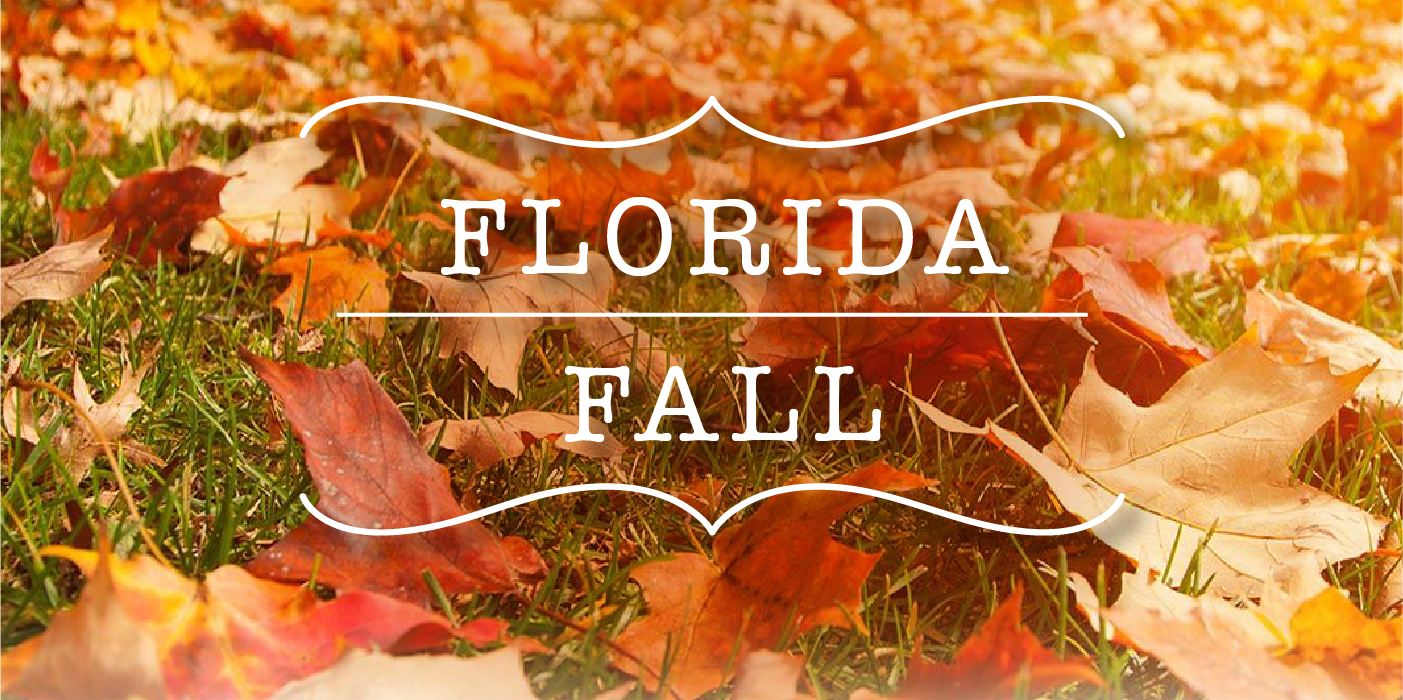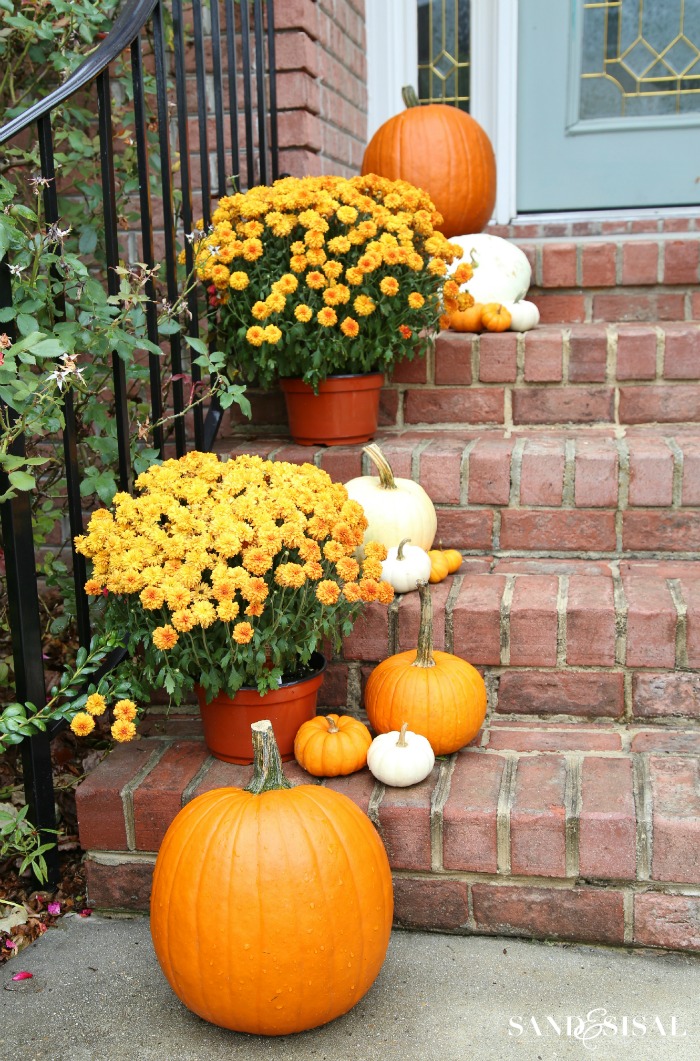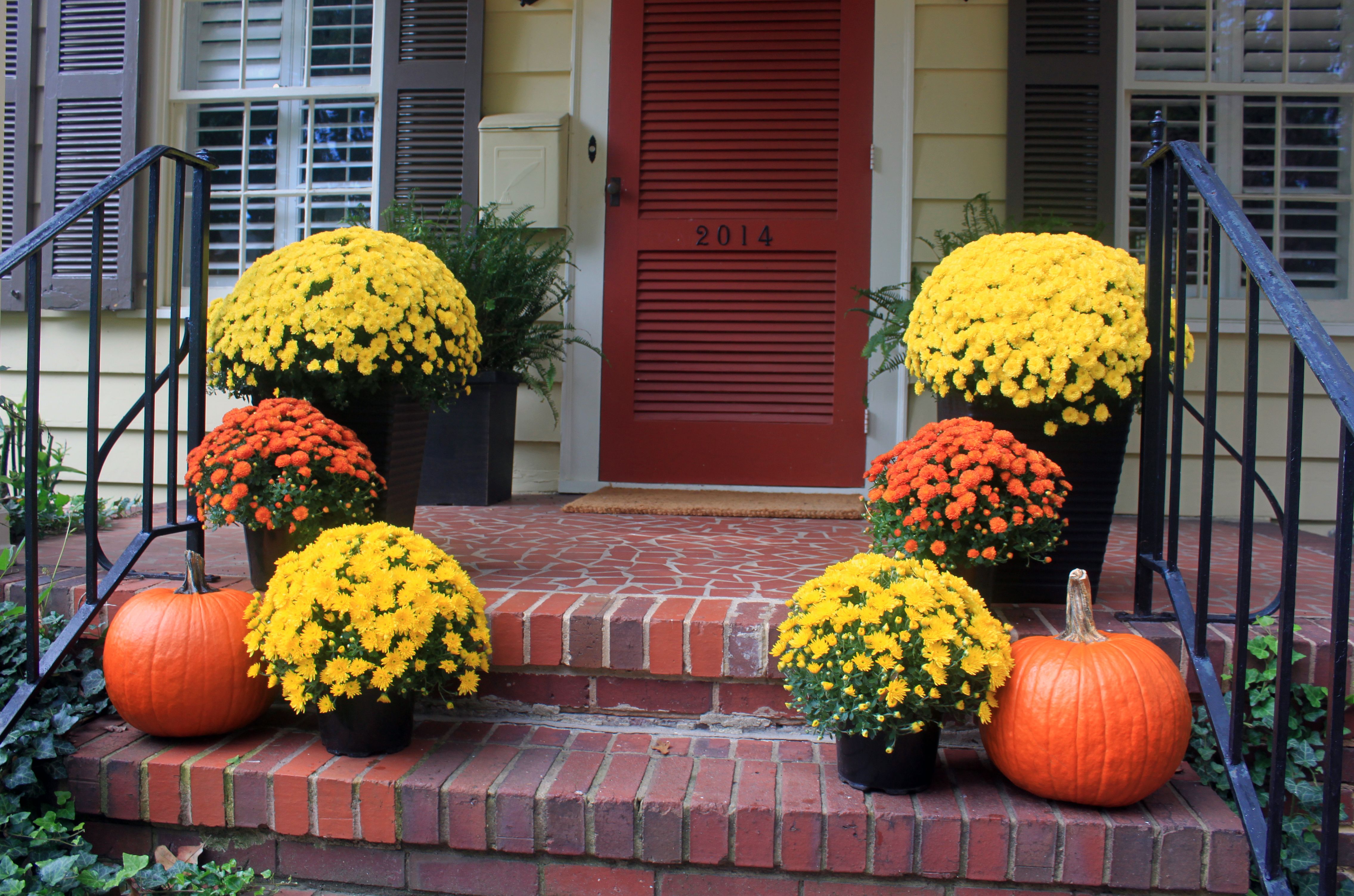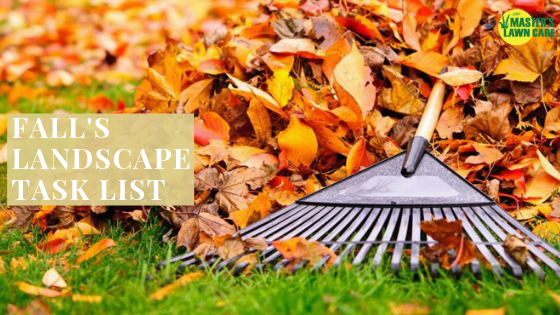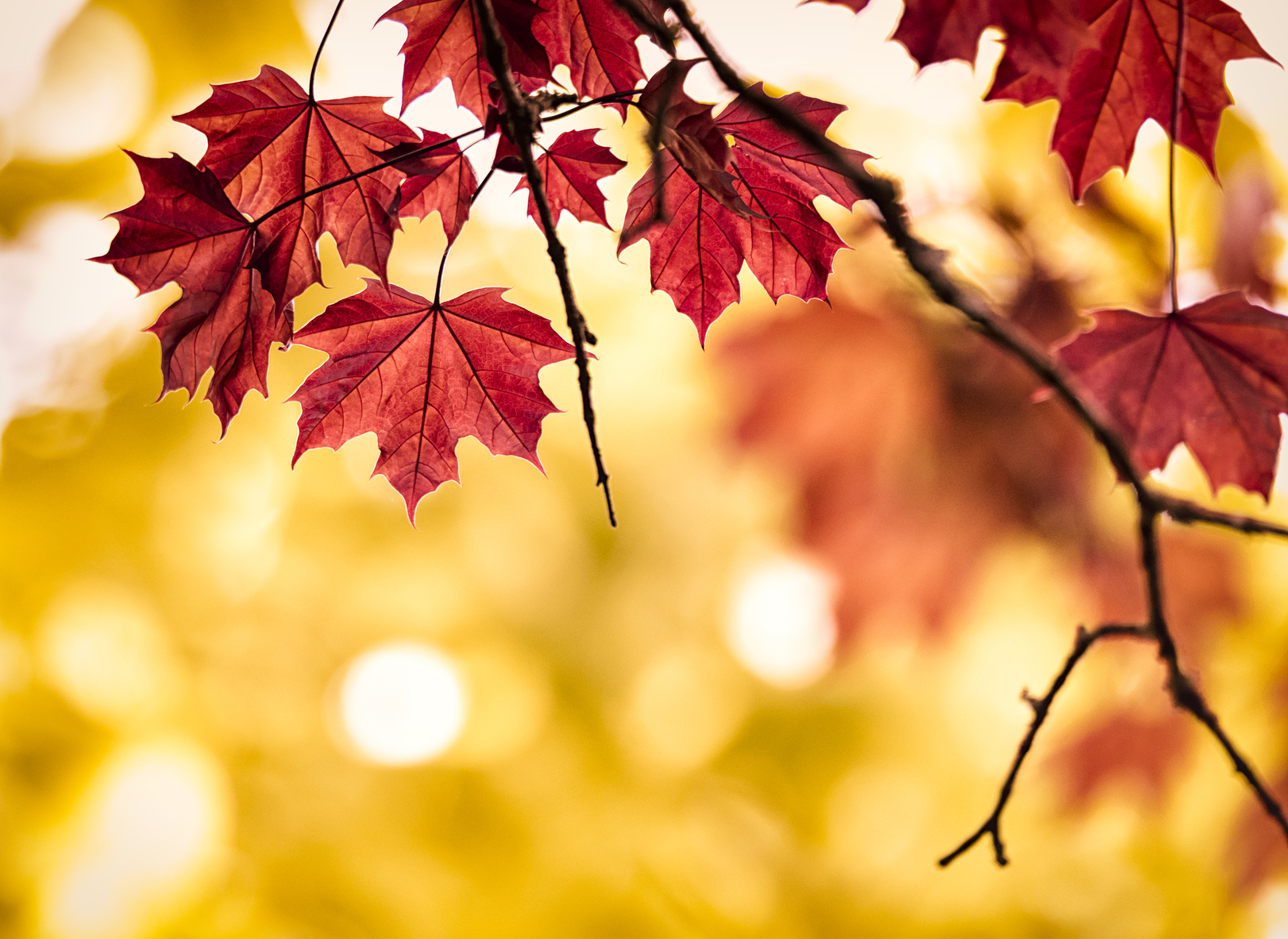While fall may be a welcome break from Florida’s intense summer heat, it’s also a critical time for lawn care. The cooler temperatures and increased moisture create ideal conditions for your lawn to recover from summer stress—and prepare for the months ahead.
At The Master's, we often remind clients that what you do in fall can set the tone for your lawn’s health well into spring. Here’s a seasonal checklist to help you stay on track.
1. Keep Mowing, but don't lower your cutting height
As temperatures cool, your grass growth may slow, but it’s still important to maintain regular mowing. Keeping your lawn trimmed prevents disease, discourages weeds, and keeps your yard looking neat. A common mistake that some make is lowering the deck to get a clean cut - but this is bad for your lawn, no matter if it's St. Augustine or Zoysia.
2. Clear Out Leaves and Debris
Fallen leaves and branches may seem harmless, but when left on the lawn, they can suffocate your grass, create fungal conditions, and invite pests. Rake regularly or use a blower to keep your turf free and breathable.
Bonus: Leaves make excellent compost and mulch—just use the mower to mulch them up and leave them in the lawn or in natural areas as a mulch layer.
3. Aerate and Topdress with Quality Soil
Compacted soil is one of the biggest barriers to a healthy lawn. If your yard gets heavy traffic, aerating in the fall can relieve soil compaction, improve oxygen flow, and help nutrients reach the roots more effectively.
Fall is an excellent time to aerate, especially in North Florida, where grasses like St. Augustine and Zoysia still respond well before dormancy.
4. Apply Fall Fertilizer
A balanced fall fertilization strengthens root systems, helps turf recover from summer damage, and builds up reserves for winter. The right formula will vary depending on your grass type, but our Lawn Health team can tailor the treatment to your specific needs.
Skip the DIY guesswork—over-fertilizing in fall can lead to surge growth that is vulnerable to disease.
5. Spot-Treat Weeds While They're Vulnerable
Many weeds are still actively growing in early fall. Now is the time to treat them before they flower and drop seeds that will germinate next season. Post-emergent weed control can be applied selectively without stressing the lawn.
If you’re enrolled in a Lawn Health Program, this is included in your service.
6. Adjust Your Irrigation Schedule
With cooler temperatures and more rainfall, it’s time to cut back on watering. Overwatering in fall can lead to fungus, rot, and mosquito breeding. Make sure your irrigation controller is adjusted for the season—or let our team handle it for you as part of your service bundle.
7. Consider Plugging Thin Areas
If your lawn looks patchy or worn out, using sod or plugs in fall can help boost density and crowd out weeds. Be sure to pair this with aeration, topdressing, and proper watering for best results.
Keep Your Lawn Looking Its Best Year-Round
Fall is the season of recovery, and the right steps now will ensure your lawn stays strong through winter and returns vibrant in spring. If you’d like expert help checking everything off your list, our team is here to make seasonal lawn care stress-free.
From customized fertilization and weed control to irrigation adjustments and aeration, The Master’s Lawn & Pest has your yard covered.
Request a Lawn Health Consultation
Our team is ready to help! Contact us now at (352) 378-5296 or fill out our form at the top of the page, we would love to help!

